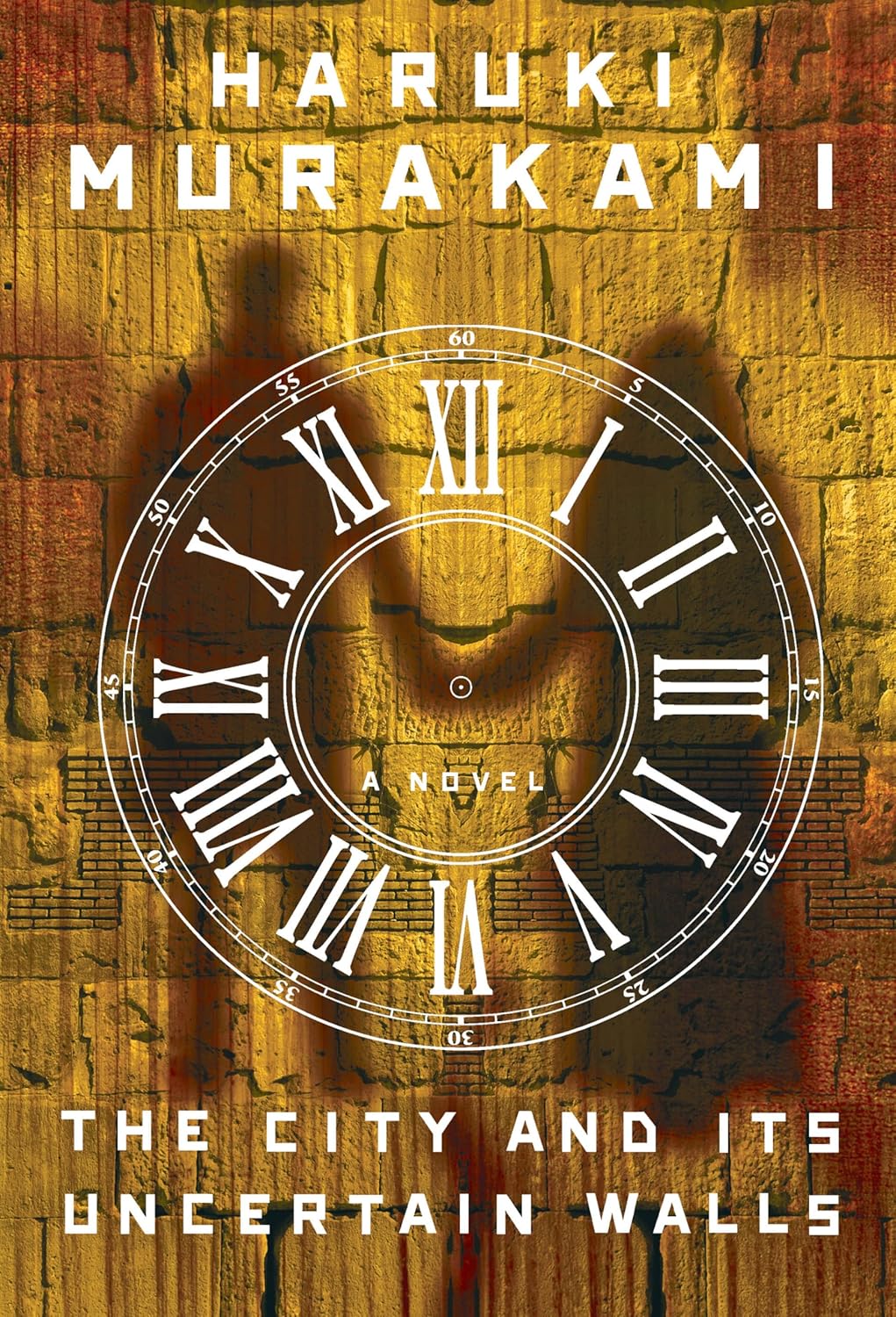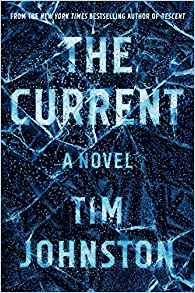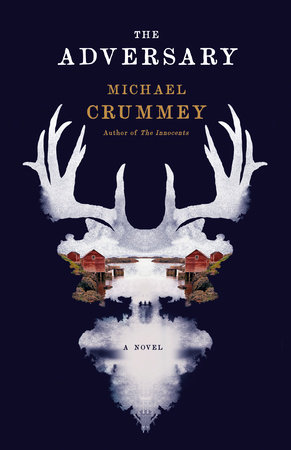The City and Its Uncertain Walls: A Novel
- By Haruki Murakami; translated by Philip Gabriel
- Knopf
- 464 pp.
- Reviewed by Clifford Garstang
- November 21, 2024
A trippy, cerebral tale from the master of trippy, cerebral tales.

In his recent memoir, Knife, about the 2022 attempt on his life, Salman Rushdie holds an imaginary conversation with his would-be assassin in which he distinguishes between his image among some religious zealots and his real self. To further illustrate this bifurcation, he cites “The Shadow,” a fairytale by Hans Christian Andersen about a shadow that gains independence from the man casting it, eventually eclipsing the man.
Unattached shadows also feature prominently in Haruki Murakami’s new novel, The City and Its Uncertain Walls. Reading fiction by Murakami is always a bit like entering an alternate reality, a magical-realism experience that’s heavy on the magical. If the reader sometimes has difficulty distinguishing the imaginary realm from the real world, so do Murakami’s characters. Are they real people or just wraiths who’ve taken on a solo existence in a different dimension?
At the outset, a teenager is courting a girl with a vivid imagination who tells him about a town surrounded by a high wall. As they get to know each other, both teens add details about the town’s river and bridges, its communal housing, and the “quiet beasts each with a single horn” that graze in its forests. The girl tells the boy, “The real me lives there, in that town surrounded by a wall.” The girl he sees in front of him isn’t real, she insists:
“It’s only a stand-in. Like a wandering shadow.”
The boy is enchanted by the girl, and whether he believes what she’s telling him isn’t clear at first. He does say that he wants to go to that town to meet the real girl. She suggests it might be possible, and there’s even a job for him as the Dream Reader in the town library. But, she warns, the real her won’t remember him.
Indeed, when he manages to go to the place — after falling into a hole and being rescued from apparent unconsciousness by the town’s Gatekeeper — the girl doesn’t remember him. As she predicted, he becomes the Dream Reader and spends his evenings in the library awakening the old dreams of the town’s inhabitants. One of the requirements for living in this world, however, is forfeiting his shadow, as the girl says she did as a child. The boy’s shadow, once separated from him, takes up an independent existence doing manual labor for the Gatekeeper.
Is the severing of shadow from its person how the girl manages to be in two places at once? Apparently. And now the boy’s shadow is also on its own, living in the other reality outside of the town. In that world, the girl has disappeared, and the boy, now a man, pines for her, his life unfolding in parallel with his life in the town.
To further complicate the narrative, in the real world, the man takes a job as a librarian in a distant town surrounded by mountains — not a wall — and encounters a ghost. The specter is reminiscent of the Gatekeeper and seems to be aware of the man’s dual existence. In both realms, there are mysteries that call reality into question; it’s never clear which world is real and which is imagined.
Which, the reader surmises, is the point. In fact, late in the novel, the man is discussing the work of Gabriel García Márquez with a woman he’s met. “In his stories the real and the unreal, the living and the dead, are all mixed together in one,” she says. “Like that’s an entirely ordinary, everyday thing.” When the man responds by calling that style magical realism, she replies:
“True. But…I think for García Márquez himself it’s just ordinary realism. In the world he inhabits the real and the unreal coexist and he just describes those scenes the way he sees them.”
Is this also how Murakami sees the world — that there’s one plane of existence, the real world, but there’s also a shadow realm of the imagination in which unicorns and ghosts exist? But then, what are we to make of dreams, which play such an important role in both?
The narrator struggles with these questions. “Maybe I’ve lost sight of me,” he says, “I don’t have a sense that I’m living this life as myself, as the real me. Sometimes I think I’m merely a shadow.” To which the ghost with whom he’s been speaking replies, “The real self and his shadow are essentially two sides of the same coin…Depending on the circumstances, they can change roles. That’s how people can overcome troubles and survive.”
Is it all just a dream?
No, the man concludes. “[T]here isn’t just one reality. Reality is something you have to choose by yourself, out of several possibilities.” Although confusing at times, The City and Its Uncertain Walls is classic Murakami. The reading experience is gripping and pleasurable, the puzzles and questions are delightful, and the whole thing is punctuated by familiar Murakami tropes, such as an abundance of cats and a soundtrack of jazz tunes. Magical.
Clifford Garstang is the author of three novels, The Last Bird of Paradise, Oliver’s Travels, and The Shaman of Turtle Valley; a novel-in-stories, What the Zhang Boys Know, winner of the Library of Virginia Literary Award for Fiction; and two story collections, House of the Ancients and Other Stories and In an Uncharted Country. He is also the editor of Everywhere Stories: Short Fiction from a Small Planet, a series of anthologies of stories set around the world.

